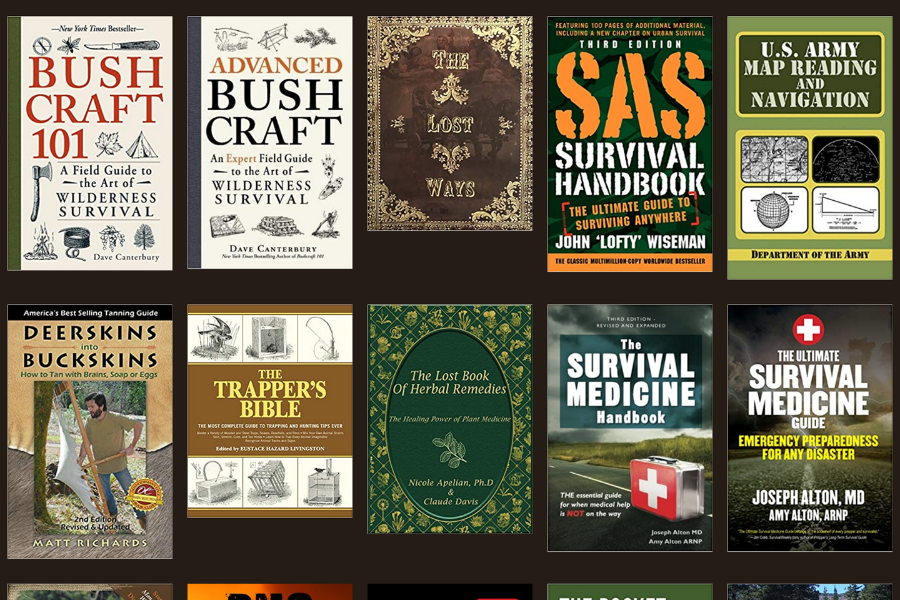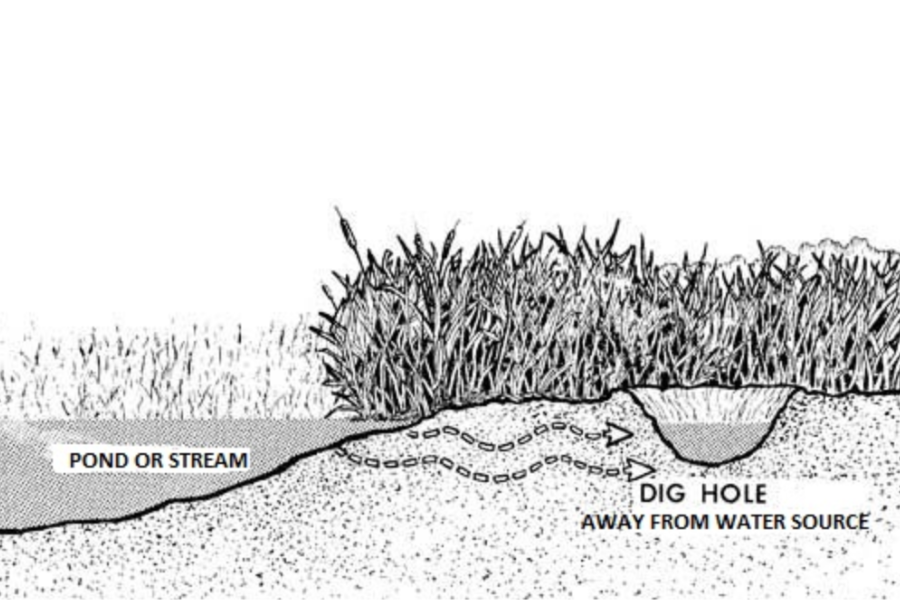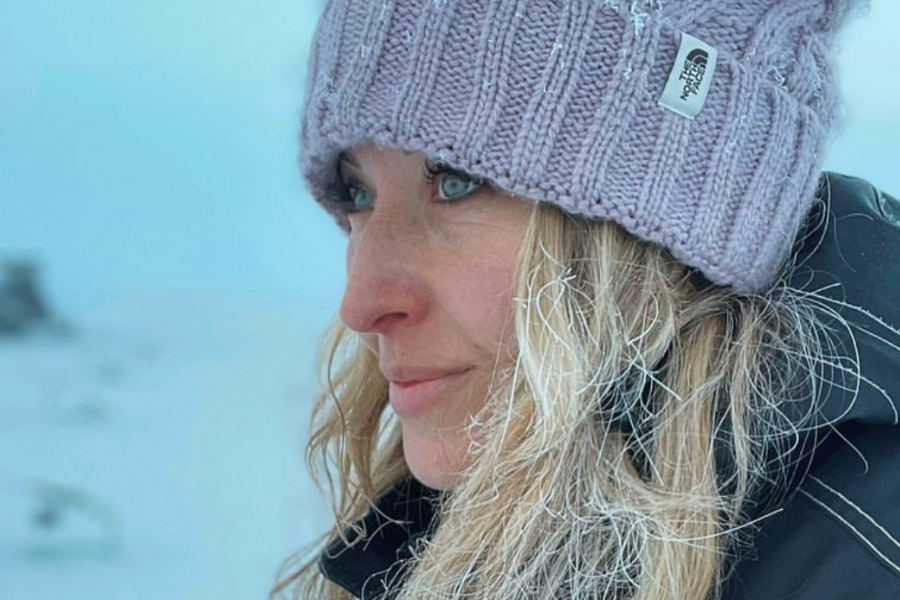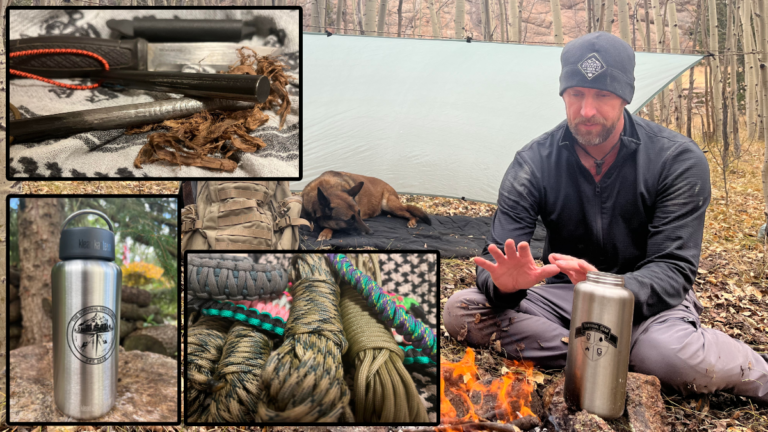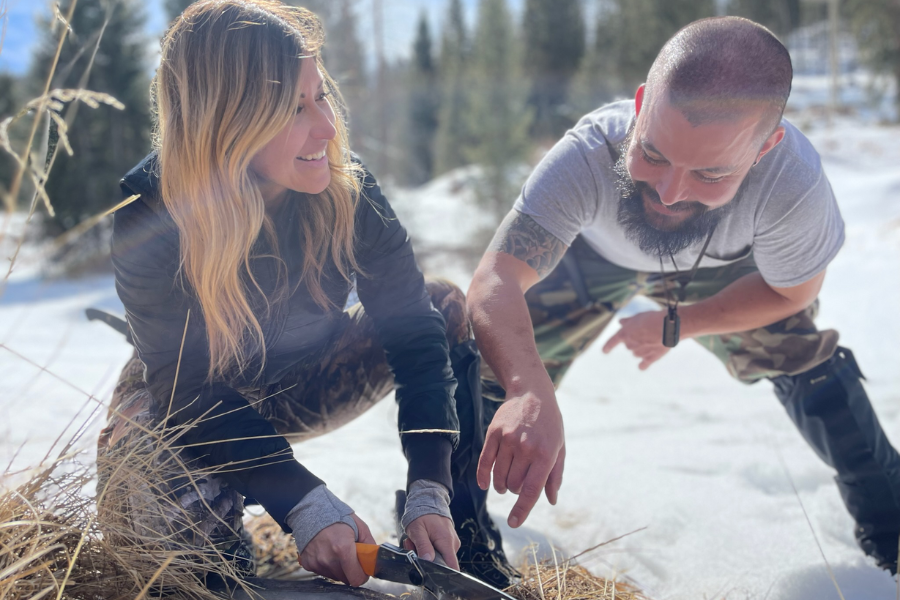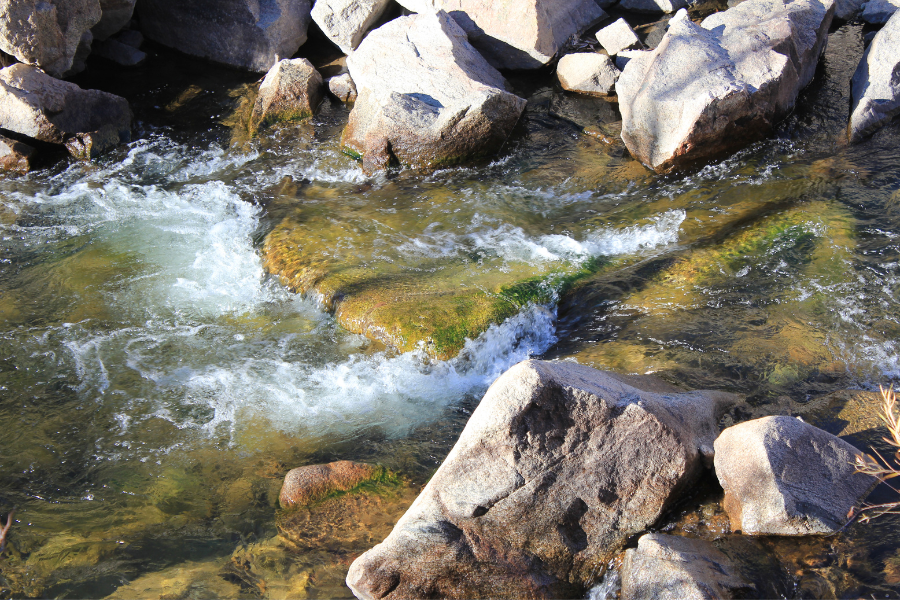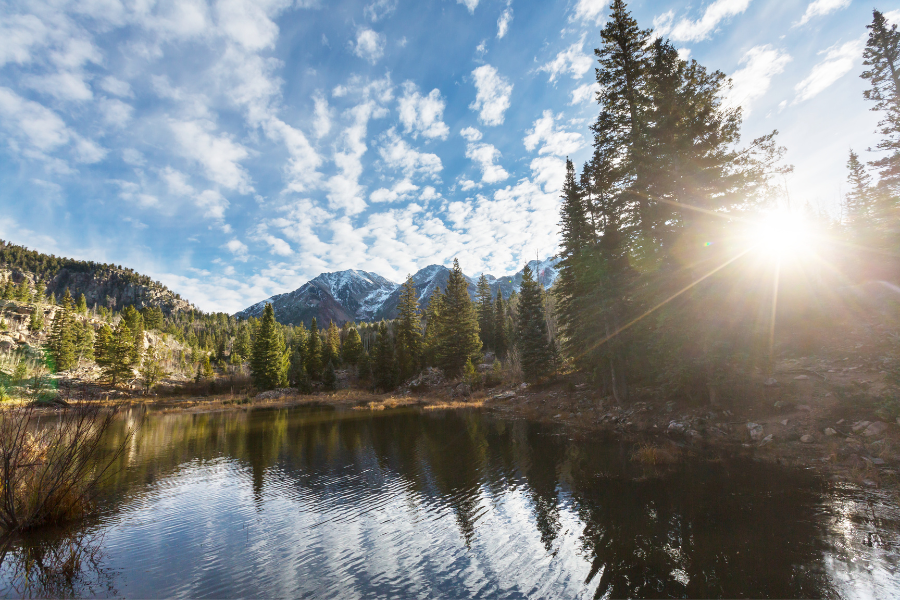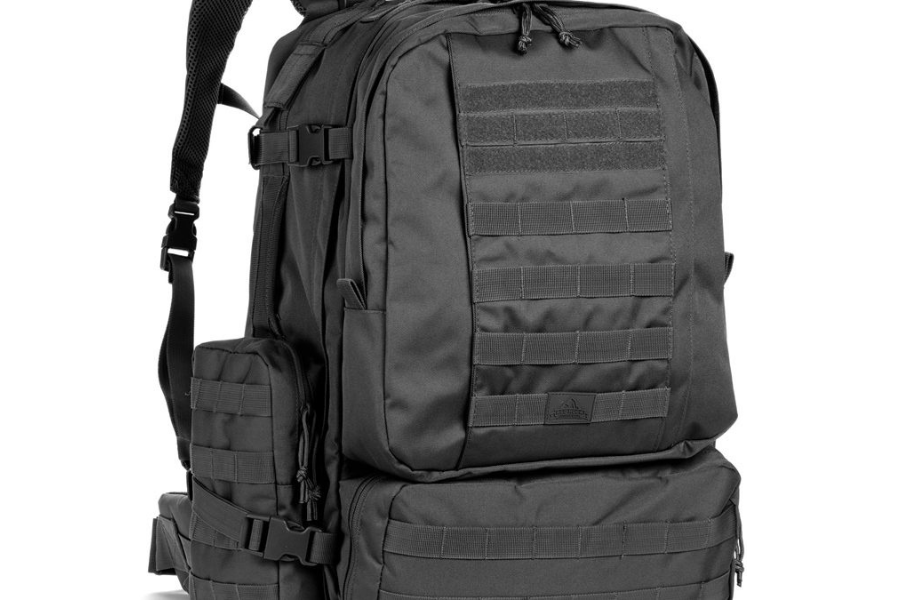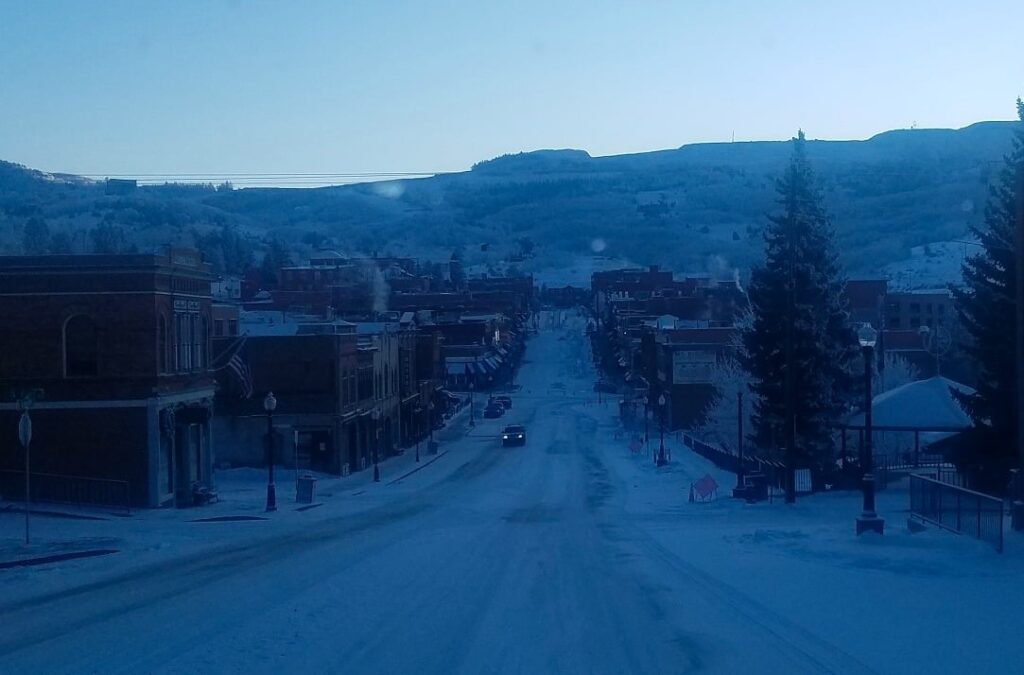Cart
7 min read
Another Tucking Survival Tip
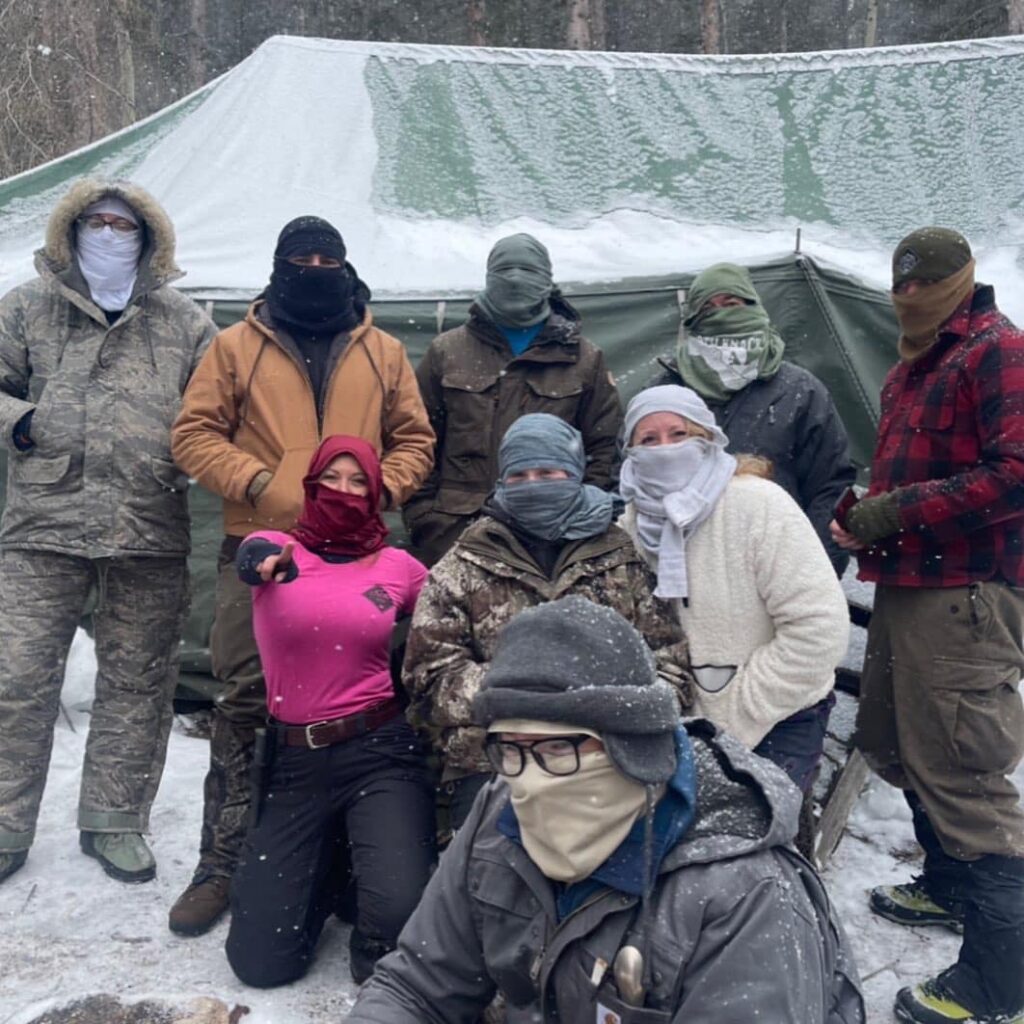
Tuck It!
What The Tuck Is Convection?
With this weeks survival tip we are going to look at a technique that is so simple and so effective, yet so rarely employed. Last time we talked a bit about conduction and how to overcome it to stay warm. This time let us look at a way to maximize our most important shelter, our clothing. Before we go on, a quick reminder. Conduction is heat transfer through touching objects. Convection, our focus this time, is heat transfer through the movement of air. As cool or warm air moves over an object, heat is transferred from the warmer object to the cooler.
Every shelter can be broken down into two components, shielding and insulation. Even the fanciest shelter in the world will become cold if the radiation from the furnace stops heating the air. To maximize these shelters, insulation must hold this heated air in or the furnace will always be on and we will feel cold drafts and cold spots throughout the house. These are concepts we go over in great detail in many of our outdoor survival skills classes.
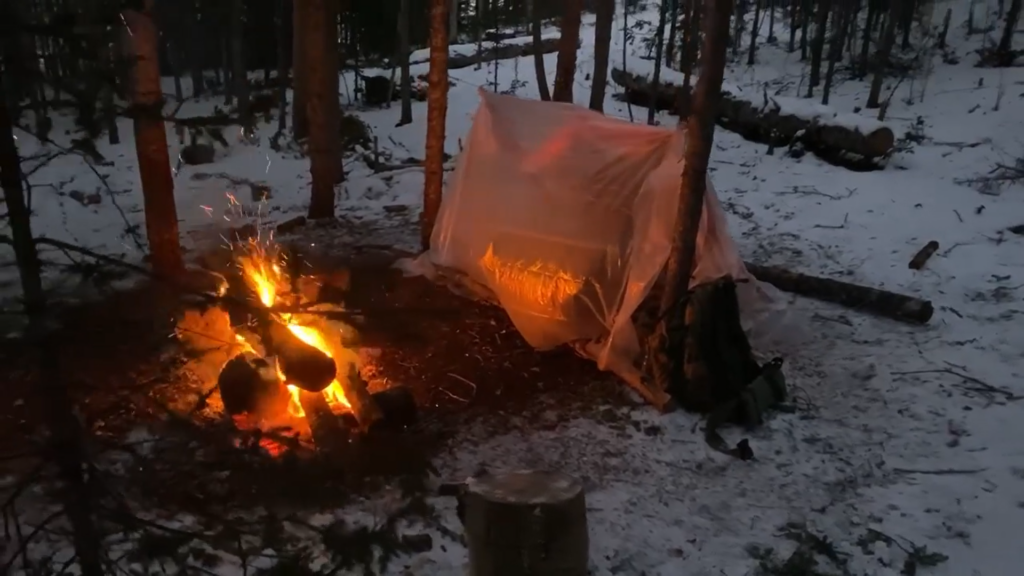
Go Tuck Yourself!
Our body and clothing work the same way. I want to share a survival tip that can be crazy effective to keep you cool or warm. Why so much hype? Because this is one of the hardest things to get a student to do until they are really cold and miserable. Here it comes, tuck your clothing in! Stay with me for a few minutes and you will not regret it. See, our body is just like the furnace of our house. The metabolism burns calories to generate heat and that heat is always moving down a concentration gradient from warmer to cooler locations. Our body immediately starts heating the air around it, trying to make the air the exact same temperature as our blood and skin. This process is never ending, like trying to fill a bucket with water, only the bucket has a hole in the bottom.
Click here to learn more about clothing and laying basics.
We Aren’t As Tucking Tough As You Think We Are!
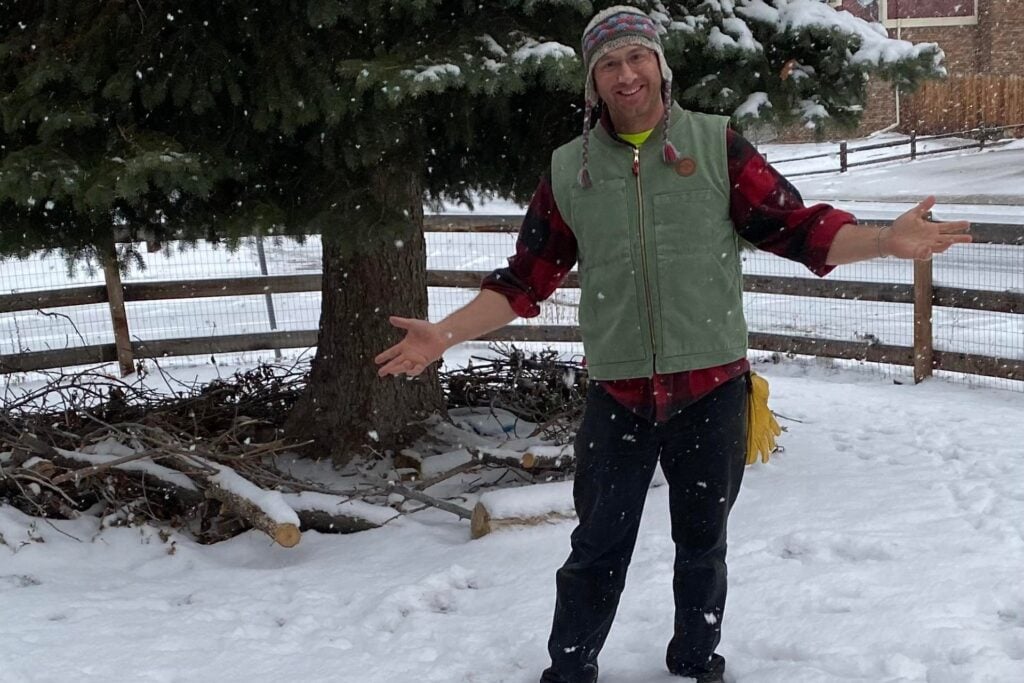
If we tuck our pants into our socks, shirt into our pants, and so on, we trap this warmed air in a pocket of insulation so it can keep us warm instead of heating the universe. Another survival tip is if you have long hair, tuck it into your shirt, too. Anything you can do to hold the heated air in and close to your skin will go a long way toward keeping you warm.
The Bedouins use this same technique in reverse to stay comfortable in extreme heat. They wear loose baggy robes and occasionally flap them up and down, similar to a bird flapping its wings. This technique is called pumping and it pushes all the warmed air away from their skin. Now their skin warms the new, cooler air that floods in to replace the pumped-out air. As their body heats this cool air, heat is taken from the body.
Tuck it all!
Of course, we would further recommend you have additional layers on, but tuck those, too. When I am way up north it looks like this. Good socks with wool long underwear tucked into them. Moving up the body, my long underwear shirt is tucked into my pants. Now I have a thin wool balaclava over my head tucked into my shirt and a scarf over that. A pair of good wool pants goes on over this and is tucked into a second thick layer of socks. A wool sweater, tucked into the pants, goes over my long underwear top. A soft fluffy hat goes over my balaclava and my warming and wicking layers are set. Over all of this I put my windproof layer, tucked into my boots and pants respectively.

Students quickly learn to tuck it too!
Now the first few minutes at camp I look a bit silly, but as I stay warm it is only a matter of time until other people pay attention to this survival tip and start tucking in as well.
As a parent, I am always worried that my chosen lifestyle might lead the kids to some…odd behaviors. I worry that they might be bullied, excluded, or just plain-old not believed as they share their lives with peers. How cool was it at pick up when I watched kid after kid file out into the cold with their pants tucked into their boots and socks just like Scout always does. Parents and children that take my TSU Kids and Family class understand.
Unfortunately many unknowing parents picking up their children at school are mortified when they see their child tucking their clothes. I heard things like, “You look ridiculous!” “Untuck those before someone sees you,” and my favorite “What if someone laughs at you?” I have not taught a formal class at my sons’ school this year, so it warmed my heart to hear the kids answer with words that must have come from the young man I have raised to be his own hero. They said “Who cares if they laugh, I am finally warm,” “Do you know about how air makes you cold? It is called…con something. This boy in class told me all about it.” Or my personal favorite, “If you tucked your pants in too, no one would laugh, and then we would both be warm.”
The Knowledge of Tucking Second Graders

I share this story and survival tip in hopes that you will apply this simple technique to stay warm on your adventures.
Use the knowledge of second graders, Inuit’s, Bedouins, and more to stay warm. As a bonus, tucking your socks is a great way to keep ticks away too, but that is a story for another day.
Stay safe, and warm, out there and don’t forget to tuck it!.
Remember, even if just staying warm on the playground or walking the dog, there is no such thing as a small adventure.
See you on the adventure trail,
Did you like these survival tips? Check out more tips and trick on our Wilderness Survival Tips page.
If you are looking for hands on training to learn more about wilderness survival and want to take months if not years off of your learning curve, I suggest you check out our 5 Day Outdoor Survival Basics 101 class!
#survivalskills #survivalgear #wildernessculture #outdooreducation #wildernesssurvival
Leave a Comment
Suggested Reading Material
Explore our curated list of recommended books, offering valuable insights and knowledge for any survival situation.
How to Dig a Seep Well
Learn how to dig a seep well for clean water in survival situation. Get key tips on location, digging process, and water safety in this...
The Principles of Clothes Layering
Learn the art of clothes layering for ultimate comfort and warmth in ever-changing weather conditions. Discover the key principles of base, insulating, and outer layers,...
The 5 C’s of Survival
Learn the essential 5 C's of Survival: Cutting Tool, Combustible, Cover, Container, and Cordage. Equip yourself with key gear and knowledge for outdoor emergencies.
The Rule of Threes
Learn the Rule of Threes for survival: prioritize breathing, shelter, water, and food. Prepare for emergencies with tips on safety and resourcefulness.
General Survival Tips
Learn essential survival tips for facing natural disasters, getting lost, or emergencies. Stay calm, prioritize needs, find shelter, water, food, and more to increase your...
How to Find Water in the Wild
Let's say you get lost in the woods. You're by yourself and don't really have any supplies. You know you need to find water --...
CDC Backcountry Water
CDC Backcountry Water: A Guide to Drinking Water Treatment and Sanitation for Backcountry Travel Use Content source: Centers for Disease Control and Prevent
WHAT TO PUT IN YOUR BUG OUT BAG
We have the most in-depth bug out bag list to help you know exactly what essentials to put in your bug out bag for your...
Winter Car Emergency Kit
Emergencies can happen to anyone. Prepare for the worst especially during the winter by keeping supplies in your winter car kit! When building your emergency...

